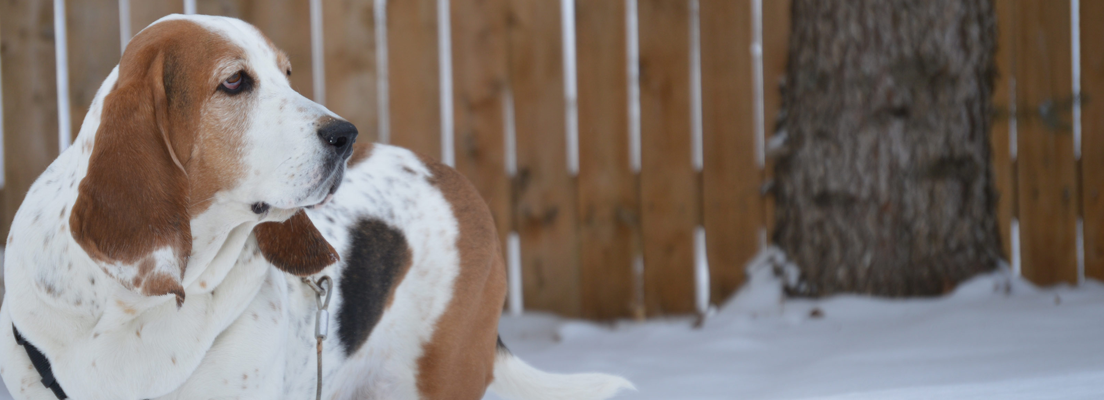|
Dental Care for Your Puppy or Kitten
Goals of Brushing
* To clean the tooth with particular attention to the neck of the tooth and interproximal areas.
* To decrease the need for professional dental prophylaxis
Steps for Training a Puppy or Kitten to Accept Dental Care
1) Develop tolerance to handling
i) The key is to begin early.
ii) Choose a quiet time of day. Your pet must be able to remain in a relaxed position for a brief period of time.
iii) The owner must gently pet the animal in a manner that does not stimulate it, usually on the trunk of the pet.
2) Progressively train your pet to accept patting on the face, retraction of the lip, and gingival massage using a finger.
i) Initially mouth handling involves petting the muzzle and head and progress to head restraint with the head and muzzle held in both hands.
ii) Upper lips are retracted laterally off the teeth and eventually gums can be massaged by rubbing a finger back and forth along the tooth-gum junction. Hands should be clean and not contaminated with bad tastes.
iii) Sessions should end quietly, with the owner giving positive feedback to pet.
3) Slowly introduce the brush.
i) Your pet should be in the same calm passive state as the previous oral handling. Start with just one or a few teeth at a time. The session should be a maximum of 30-60 seconds initially.
4) Progressively increase the duration and ten the pressure of brushing. See ?ADULT DENTAL CARE? for brushing technique.
5) Brush labial, buccal areas first, then if the pet is compliant, try lingual and palatal surfaces.
Be advised of the risk of bites to fingers. The mouth can also be a potential source of zoonotic agents (strep, rabies, etc.). Wash your hands after contact with animal saliva as a routine hygiene measure.
| 